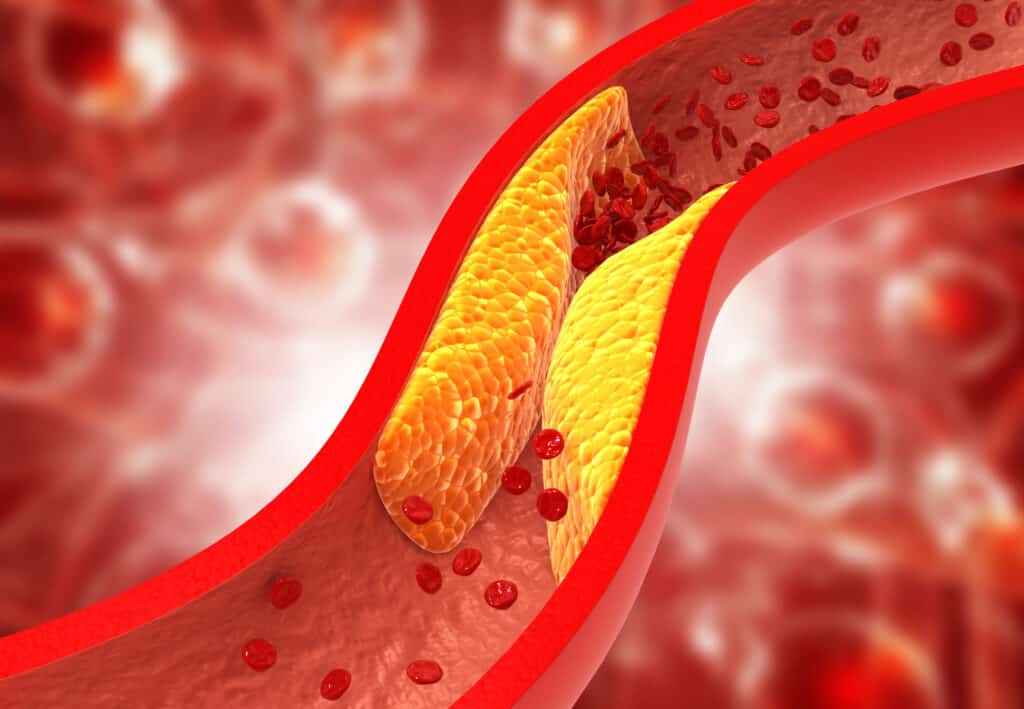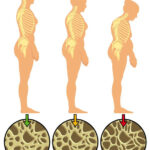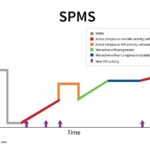Secondary prevention of atherosclerotic cardiovascular disease (ASCVD) refers to a strategic, evidence-based approach to reduce the recurrence of cardiovascular events in individuals with a documented history of coronary artery disease, stroke, or peripheral arterial disease. This involves rigorous control of risk factors, pharmacologic interventions, and lifestyle modifications aimed at mitigating future morbidity and mortality.

Clinical Goals of Secondary ASCVD Prevention
- Prevent recurrent myocardial infarction, stroke, or vascular death
- Improve functional capacity and quality of life
- Slow the progression of atherosclerosis
- Minimize the need for invasive revascularization procedures
- Reduce overall cardiovascular mortality
Risk Stratification and Patient Identification
Patients with existing ASCVD are inherently high-risk. Risk stratification further refines treatment intensity:
- Very high-risk ASCVD: Multiple major events or one major event plus multiple high-risk conditions
- Major ASCVD events: Recent acute coronary syndrome, history of MI, ischemic stroke, symptomatic PAD
- High-risk conditions: Diabetes, hypertension, CKD, smoking, LDL ≥100 mg/dL, age ≥65 years
Lipid Management: Targeting LDL-C Aggressively
Evidence-Based LDL-C Goals
- Initial goal: LDL-C <70 mg/dL for high-risk patients
- Very high-risk patients: Consider LDL-C <55 mg/dL
Pharmacologic Approach
- High-Intensity Statins
- Atorvastatin 40–80 mg or Rosuvastatin 20–40 mg
- First-line therapy in all ASCVD patients unless contraindicated
- Ezetimibe
- Add if LDL-C remains above target despite maximal statin
- PCSK9 Inhibitors (e.g., evolocumab, alirocumab)
- For patients with persistent hyperlipidemia despite statin + ezetimibe
- Proven to reduce cardiovascular events in high-risk populations
Antiplatelet Therapy: Reducing Thrombotic Risk
Aspirin Therapy
- Indication: Lifelong low-dose aspirin (75–100 mg/day) for most ASCVD patients
- Alternative: Clopidogrel for aspirin-intolerant individuals
Dual Antiplatelet Therapy (DAPT)
- Post-ACS or PCI: Aspirin + P2Y12 inhibitor (e.g., clopidogrel, ticagrelor) for up to 12 months
- Long-term DAPT: Consider in high-risk patients with low bleeding risk
Blood Pressure Control in Secondary ASCVD Prevention
- Target BP: <130/80 mmHg for patients with ASCVD
- Preferred agents include:
- ACE inhibitors or ARBs (especially in diabetes or LV dysfunction)
- Beta-blockers (especially post-MI or with heart failure)
- Calcium channel blockers and thiazide diuretics as adjuncts
Glycemic Control in Diabetic Patients with ASCVD
- HbA1c Target: <7% individualized based on age, comorbidities
- ASCVD-beneficial agents:
- SGLT2 inhibitors: Empagliflozin, dapagliflozin
- GLP-1 receptor agonists: Liraglutide, semaglutide
- These agents reduce MACE (major adverse cardiovascular events) independently of glycemic control
Lifestyle Modifications: Cornerstone of Long-Term Risk Reduction
Nutrition
- Emphasize a Mediterranean or DASH-style diet
- Rich in fruits, vegetables, whole grains, fish, and healthy fats
- Limit saturated fats, sodium, added sugars, and red meats
Physical Activity
- Minimum 150 minutes of moderate-intensity aerobic activity per week
- Include muscle-strengthening activities twice weekly
Weight Management
- Maintain BMI <25 kg/m²
- Obese patients benefit from 5–10% weight loss for cardiovascular risk reduction
Smoking Cessation
- Complete cessation is mandatory
- Use pharmacologic aids and behavioral counseling when needed
Cardiac Rehabilitation and Patient Education
- Structured programs improve adherence, physical capacity, and survival
- Include supervised exercise, dietary counseling, psychological support, and smoking cessation
Monitoring and Long-Term Follow-Up
- LDL-C testing: 4–12 weeks after therapy change, then every 3–12 months
- BP, weight, HbA1c: At every clinic visit
- Adherence review: Regularly assess medication and lifestyle compliance
- Bleeding risk: Particularly in patients on dual antiplatelet therapy
The secondary prevention of atherosclerotic cardiovascular disease demands a multifaceted approach encompassing pharmacologic, behavioral, and rehabilitative strategies. By adhering to evidence-based interventions, healthcare providers can significantly reduce the recurrence of life-threatening cardiovascular events, ensuring patients achieve optimal long-term outcomes.

